
POUR-OVER COFFEE
For those who have pursued coffee as a hobby pour-over coffee is a brewing method you’ve likely come across before. Though pour-over coffee is often found in the specialty coffee scene, its popularity as one of the best methods to brew quality coffee is quickly spreading. Perhaps one of the reasons this awesome coffee technique is gaining so much traction is because of its relative ease to try out. Now, we’re not saying mastering the art of pour-over coffee is simple. But we are definitely suggesting you should give it a try if you have the right tools and ingredients for the job!
WHAT IS POUR-OVER COFFEE?
Pour-over coffee is seen as a quicker and easier way of brewing coffee as, when done properly, it continuously saturates your grounds, creating a faster brew that allows the barista to efficiently manage the distribution of water over the grounds.

Pour-over coffee simply involves pouring boiled water directly onto coffee grounds using a filter to drain your brew into a carafe. This method allows for the activation of flavors and scents of your coffee to be accentuated and extracts its solubles. This doesn't necessarily change the flavor, but it elevates the more nuanced notes of the coffee such as scents and textures that can enhance the experience of drinking coffee. It also prevents cross-contamination from other grounds as you will need to use a new filter for each brew, which is ideal for higher-priced, single origin coffee beans.
HISTORY OF POUR-OVER COFFEE
While it is impossible to say when exactly pour-over coffee was first created in its most primitive form, the version we know today was invented in Germany in 1908. Amalie Auguste Melitta Bentz was so tired of the grounds left behind in her coffee that she actually invented the pour-over method of brewing coffee!
She used blotting paper and punctured it with a nail to create a sort of rudimentary filter. This would hold the coffee grounds and let hot water pass through, meaning the resulting cup of coffee was free of coffee grounds. She filed a patent for her invention in June 1908, and the pour-over coffee method was born! Humble beginnings, she fine-tuned her brewing method by introducing and selling new tools that would help make it easier than ever to brew pour-over coffee.
DIFFERENCE BETWEEN POUR-OVER AND DRIP COFFEE
Though pour-over and drip coffee utilize the same principles for extraction, the methodology is quite different. For most coffee aficionados, pour-over coffee offers a better overall flavor profile and creates a richer cup of coffee. Why exactly is that? Well, let’s take a look at how each type of coffee is brewed.
Pour-over coffee is hand extracted, meaning that the person making the coffee has full control over key factors that decides the characteristics and flavor profile of the coffee. This includes things like the temperature of the water, the speed at which the coffee is extracted, and even the flow rate of the water can all be controlled manually when making pour-over coffee. Drip coffee is dependent on machines, which have the benefit of being quick and efficient but require relinquishing full control over the extraction of your delicious coffee creation. Both methods need water to pass through coffee grounds, but pour-over coffee is a far more precise way of getting a result you’ll love.
BENEFITS OF POUR-OVER COFFEE
Though there are several possible benefits of brewing pour-over coffee, let’s take a look at three pros to brewing your coffee this way.
-
TAILOR-MADE EXPERIENCE
With a little skill and practice, you can always make your coffee just the way you like it when using the pour-over method. Whether you prefer your coffee lighter, stronger, or somewhere perfectly in-between, your pouring technique will be directly related to the type of coffee you brew.
-
CONTROL
The pour-over method lets the brewer take four key elements entirely into their control. These are the amount of coffee brewed, the ratio of coffee grounds to water, the water temperature, and finally, the pour speed.
-
DURABILITY
There are fewer moving parts in pour-over coffee than there are in a coffee machine. This means you can make pour-over coffee time and time again without worrying about maintaining or damaging your equipment. Not to mention, it’s far easier to clean pour-over coffee tools than a coffee machine!
RELATED: How to clean an espresso machine like a pro barista!
BREWING YOUR OWN POUR-OVER COFFEE
- Grind your coffee into a fine powder-like consistency
- Set up your tools. Most modern pour-over coffee setups include filters, a dripper, a carafe, and a gooseneck kettle. Sometimes, the dripper and carafe can be found as an all-in-one device. Place the dripper above the carafe and insert the filter into the dripper.
- Boil the desired amount of water in your gooseneck kettle
- Measure your coffee grounds into the filter and then gently pour water evenly on top of the coffee grounds so that the water is able to saturate as much area as possible.
- The water extracts the amazing flavors of the coffee, while the filter prevents the grounds and any other undesirable flavors from being added to your coffee
With the right tools and a little practice, you will be able to brew pour-over coffee right in the comfort of your own home. Though this type of coffee is usually only found in specialty coffee shops, now that you know the secrets, tips, and tricks of how to brew pour-over coffee yourself give it a try and feel like a true world-class barista!

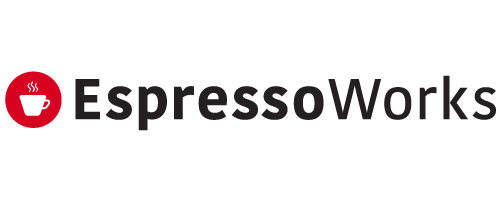


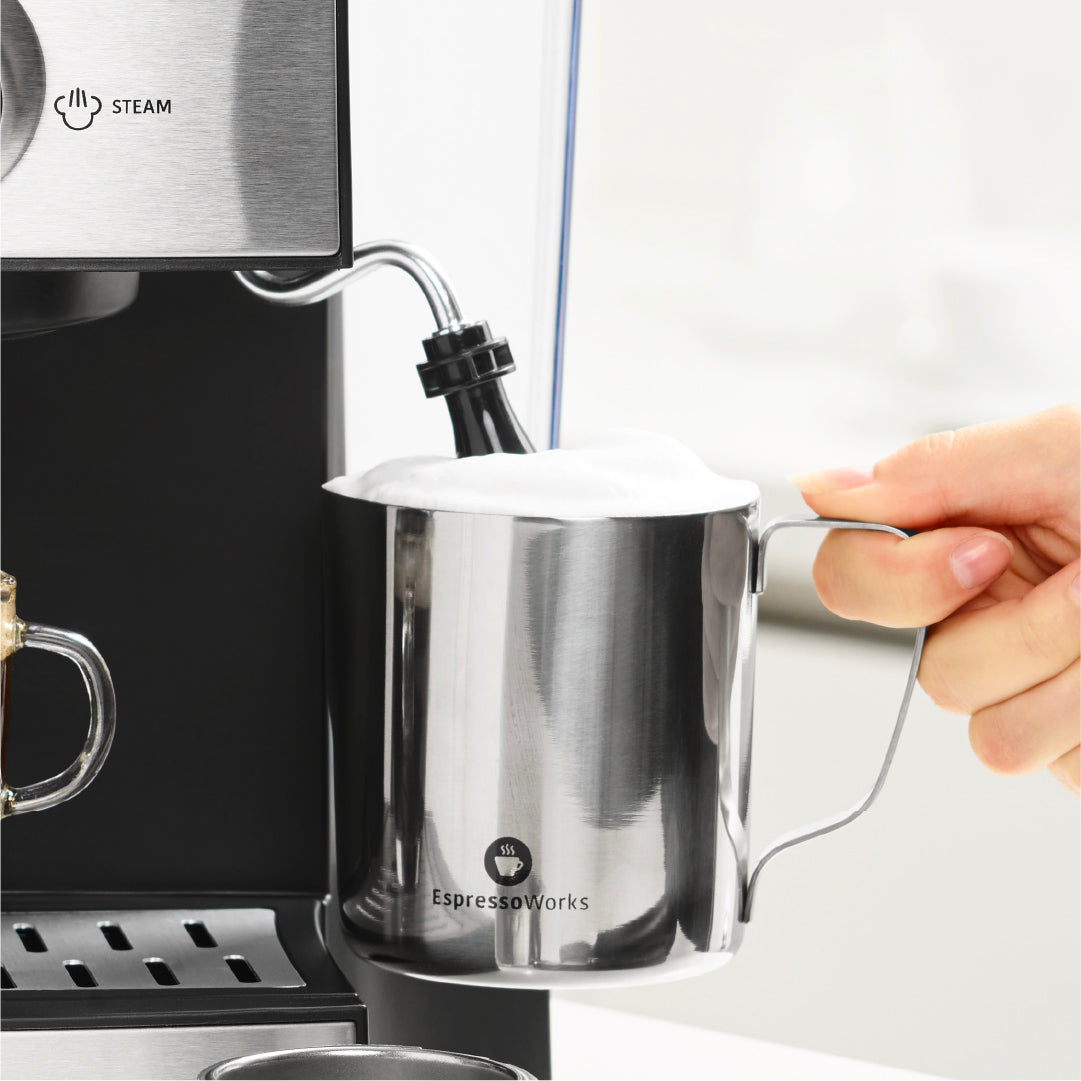
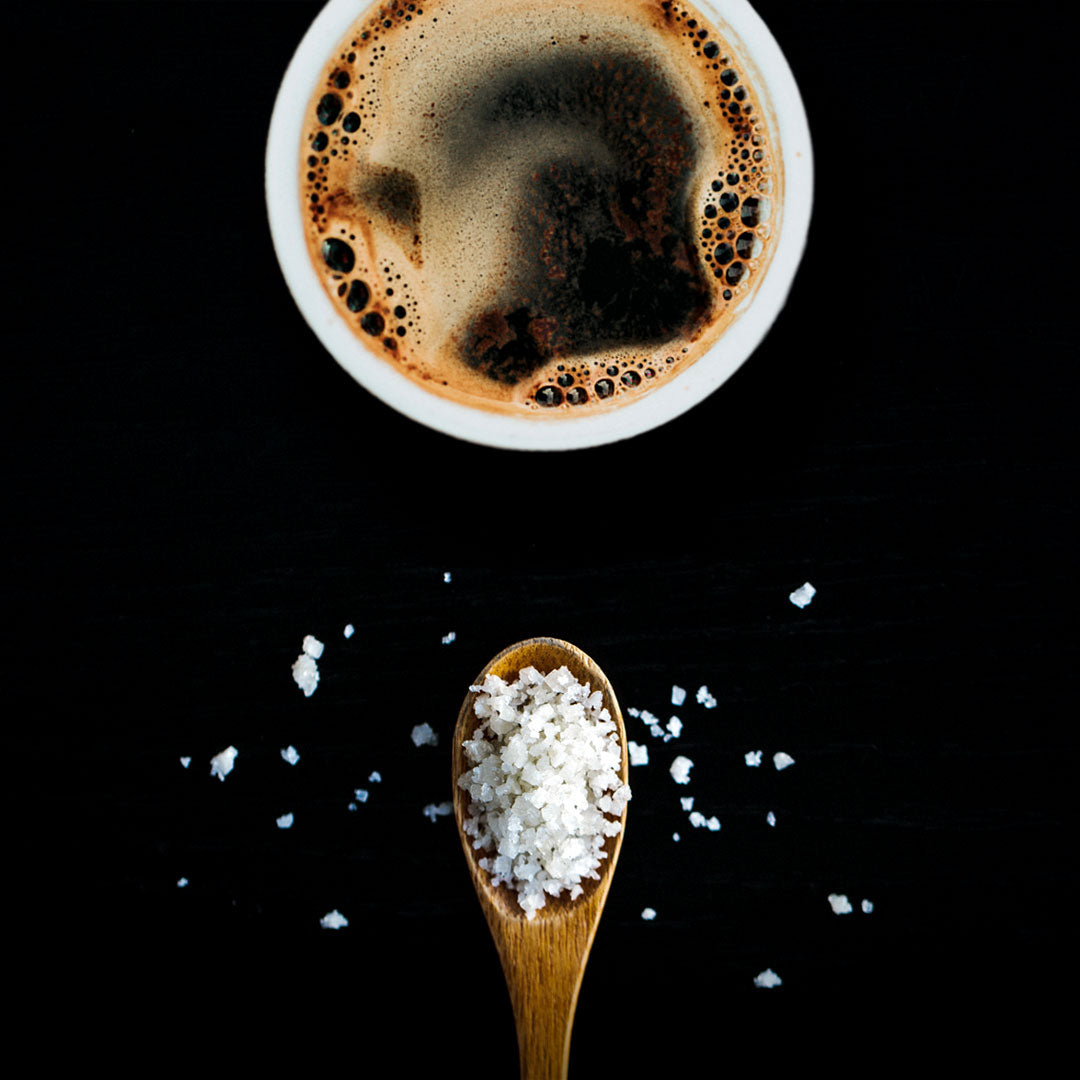
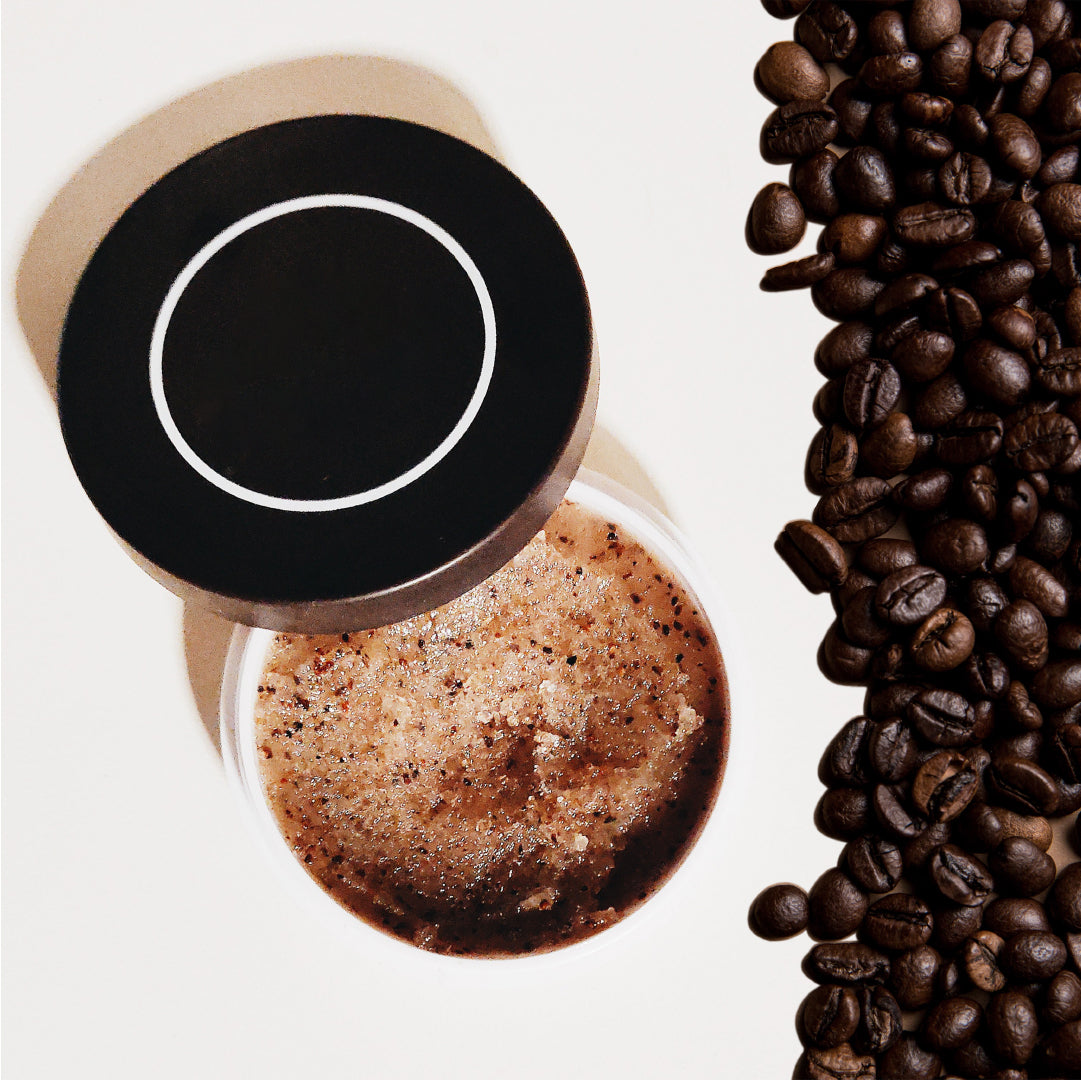
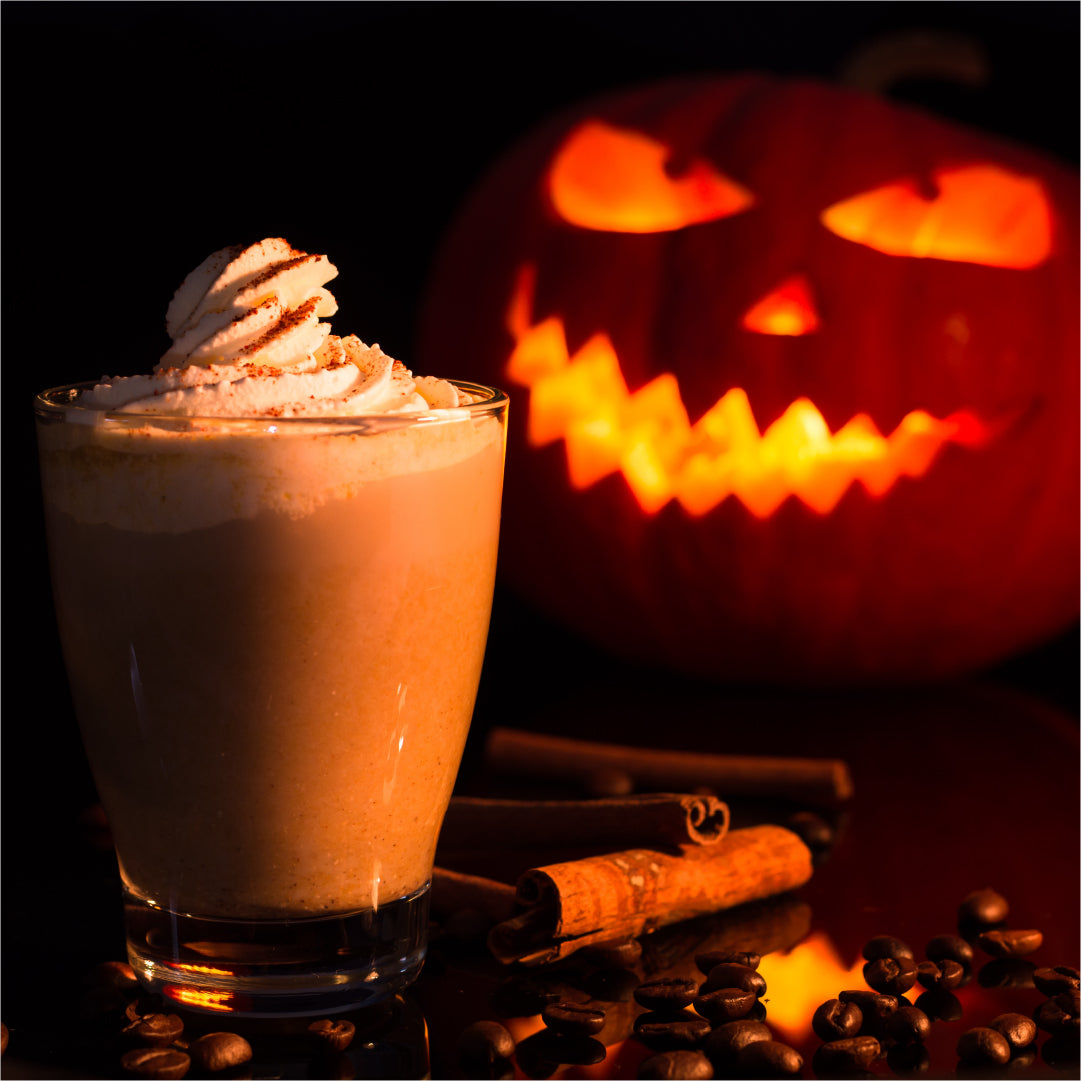
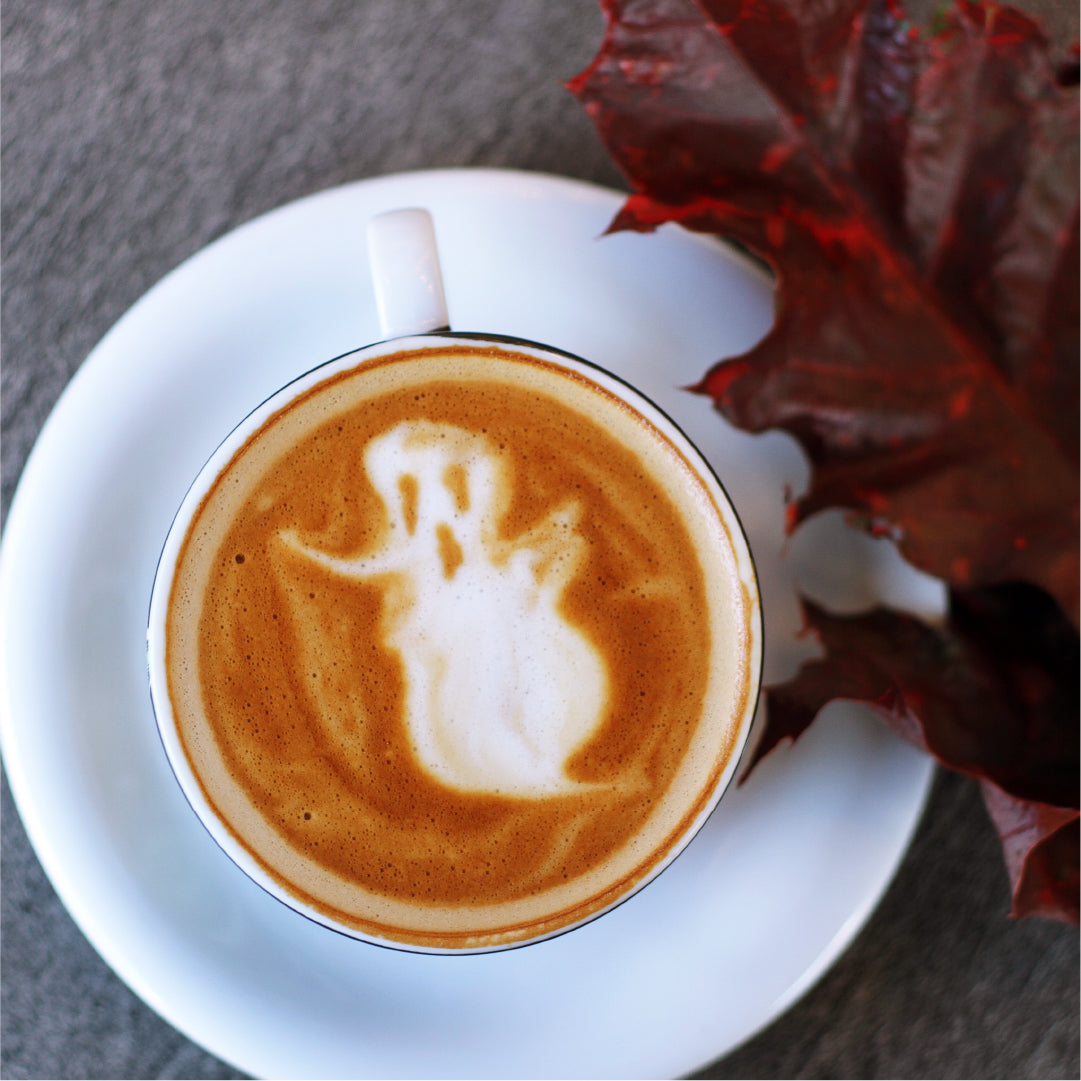
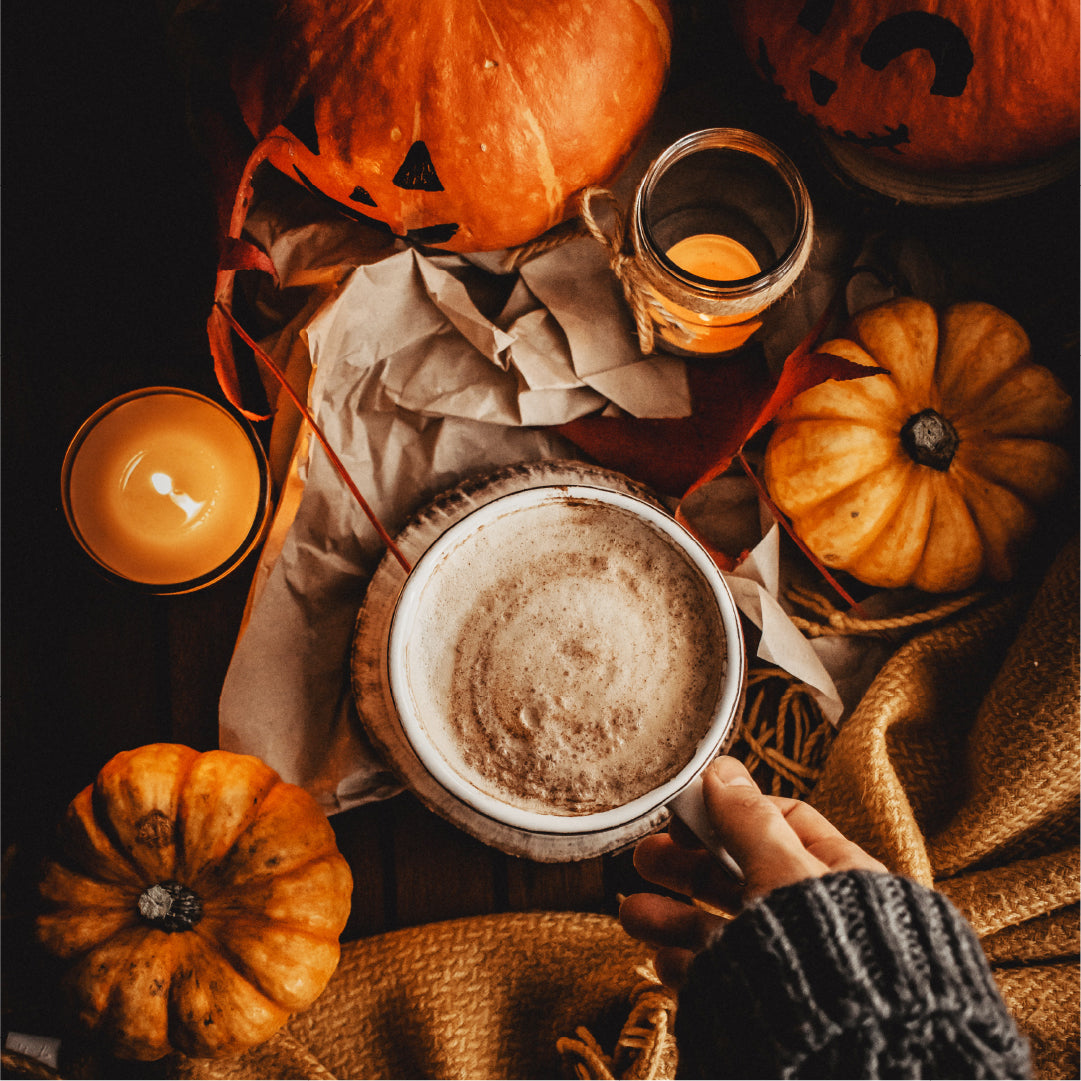
Share:
A Guide to Frothing Milk with a Milk Frother
8 Delicious Milk Alternatives for Coffee to Try